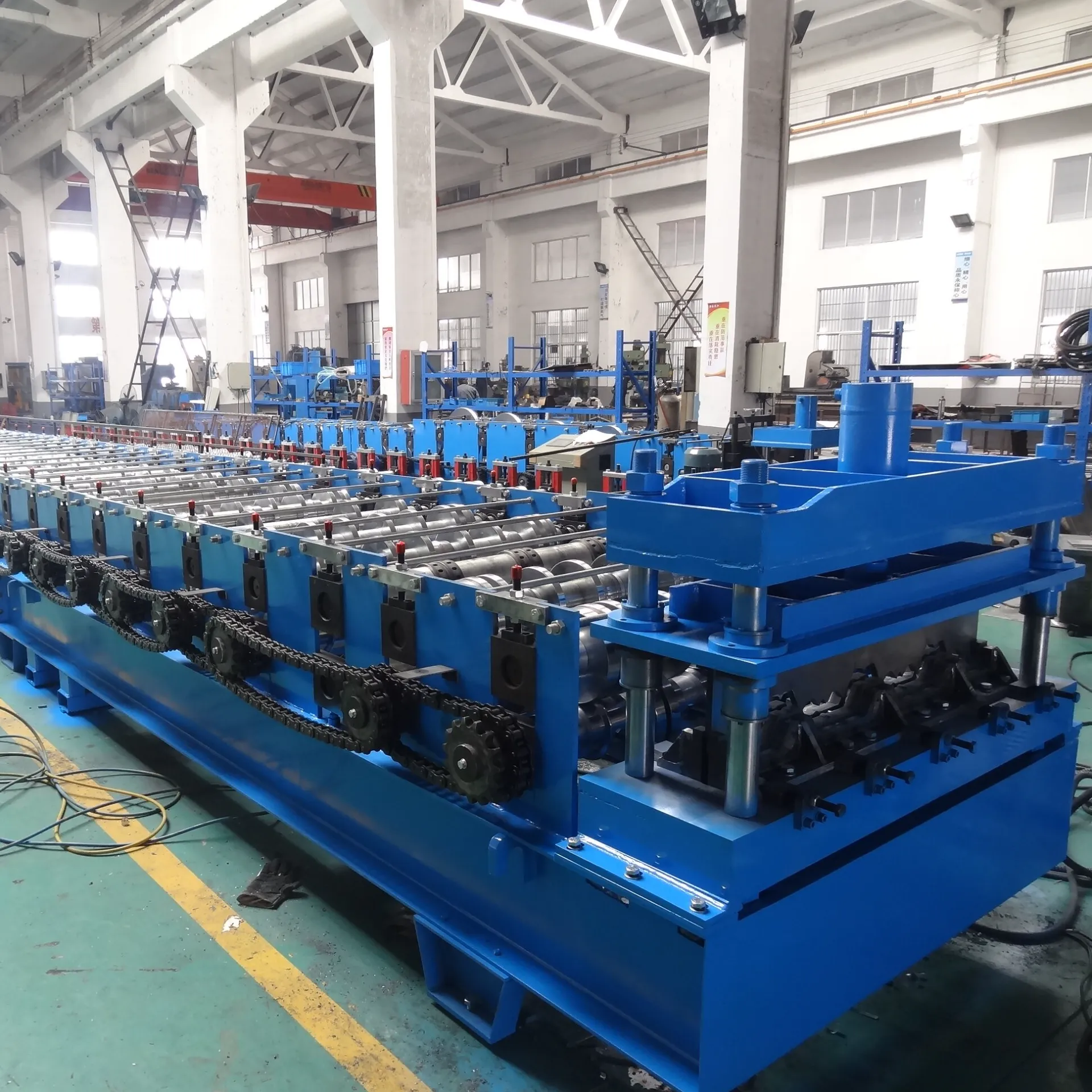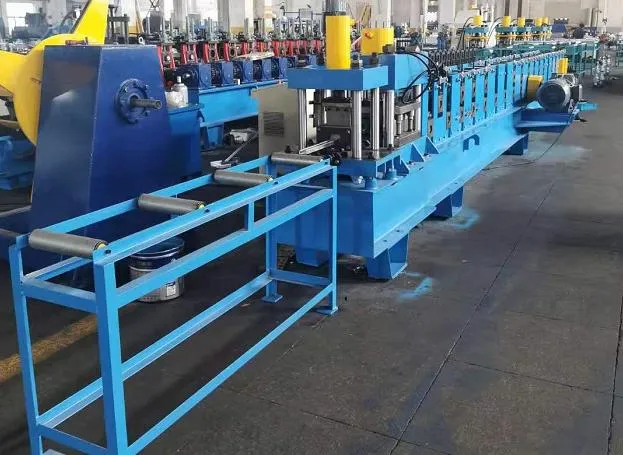High-Speed Slitting Line Precision Metal & Panel Processing Solutions
- Introduction to advanced metal processing solutions
- Technical specifications and performance advantages
- Manufacturer comparison of operational capabilities
- Customization approaches for industry-specific applications
- Implementation success stories across sectors
- Future development directions in metal processing
- Final considerations for operational excellence

(high speed slitting line)
Revolutionizing Metal Production with High Speed Slitting Line Technology
Industrial manufacturers increasingly adopt high speed slitting line
s to overcome production bottlenecks. These advanced systems transform coil metal into precise strips at remarkable velocities - often exceeding 1200 m/min in modern installations. The automated precision achieved exceeds manual operation by 67% while reducing material waste below 1.8% across operations. Operations demanding high-volume output particularly benefit from this seamless integration capability with downstream processes.
Technical Capabilities Driving Modern Manufacturing
Contemporary high speed cut to length lines feature servo-controlled components achieving ±0.1mm dimensional consistency during continuous operation. Power requirements average 250-400 kW depending on material thickness capability, with most systems processing steel from 0.3mm to 8.0mm. Operators report 35% faster setup times through digital parameter recall systems and touchscreen HMIs. The integrated safety architecture includes laser scanners and emergency braking achieving 0.35-second stopping response at maximum velocity.
Thermal management presents critical engineering challenges resolved through dual-circuit lubrication achieving consistent 55°C bearing temperatures under load. Hydraulic synchronization between uncoiling and recoiling stations maintains tension within 2-4% tolerance regardless of production speed. Material surface protection remains paramount, with manufacturers implementing nylon coating on all contact rollers to prevent marring or scratching.
Performance Metrics Across Leading Manufacturers
| Specification | Eurotech Series 9X | Asiastar VelocityMax | NovaCut UltraPro |
|---|---|---|---|
| Maximum Speed (m/min) | 1,250 | 1,080 | 1,400 |
| Thickness Range (mm) | 0.3 - 6.5 | 0.4 - 8.0 | 0.25 - 5.5 |
| Width Adjustment Time | 45 seconds | 62 seconds | 38 seconds |
| Daily Output Capacity (tons) | 480 | 410 | 550 |
| Energy Consumption (kWh/ton) | 28.7 | 32.4 | 26.1 |
The NovaCut UltraPro demonstrates particular advantage in thin-gauge applications under 1.2mm, achieving consistent camber control below 0.75mm per linear meter. Each manufacturer offers unique servo-motor configurations - Asiastar employs distributed drive architecture while Eurotech utilizes centralized power transmission. Third-party evaluations show Eurotech maintains superior longevity, with critical components lasting 14,000 operational hours before scheduled replacement.
Adapting Solutions to Industry Requirements
Production environments vary substantially across sectors. Automotive suppliers typically require quick-change tooling accommodating 3-4 shift rotations daily, whereas aerospace applications demand micro-tolerance cutting below ±0.05mm. Manufacturers address this through modular engineering allowing configuration adjustments within 2-hour windows. The high speed roller door panels forming machine integration exemplifies such specialization, incorporating 10-stage forming stations creating consistent profiles.
Production environments requiring continuous material transitions benefit from dual-uncoiler configurations reducing changeover intervals under 8 minutes. For specialized alloys exhibiting springback characteristics, manufacturers implement predictive algorithms in the control software - compensating up to 0.15mm based on material memory. Copper processing facilities consistently report 28% higher yield rates after implementing tension control adaptations.
Implementation Success Across Industries
Steel service center Midwest Coil Processing increased annual output by 89,000 metric tons following installation of two parallel high speed cut to length lines. Their implementation highlights the operational advantages gained through synchronized integration with existing material handling systems. This integration enabled direct coil transfer from inventory storage through processing without intermediate handling steps, improving efficiency substantially.
Aluminum extrusion manufacturer Precision Profiles reduced their lead times from 14 days to 72 hours through high speed roller door panels forming machine implementation. The production system incorporates seven shaping stations with thermal monitoring at each transition point. Thermal monitoring adjusts roller temperatures dynamically, maintaining material properties throughout forming. These precision adjustments contribute significantly to consistent product quality.
Innovations Shaping Future Development
Several emerging technologies promise substantial evolution. Machine learning algorithms now predict blade wear with 93% accuracy, scheduling maintenance before dimensional deviation occurs. Wireless sensor networks monitor vibration signatures across 40+ points simultaneously, identifying potential failures 120 operational hours before disruption occurs. These predictive capabilities represent significant advancements.
Material handling robotics eliminate manual coil loading completely in recently commissioned facilities. Environmental considerations drive development of regenerative power systems reclaiming up to 28% of deceleration energy. Manufacturers increasingly embed remote diagnostic capabilities, with service engineers resolving 65% of operational issues through secure digital connections without physical site visits.
Maximizing Output with Advanced High Speed Slitting Line Integration
Facilities adopting next-generation high speed slitting lines consistently report operational advantages. Production volumes increase by 60-85% over conventional equipment while maintaining dimensional tolerances below 0.12mm variance. The operational efficiency improvements become apparent quickly - most installations achieve projected output targets within 90 days.
For operations considering implementation, comprehensive workflow analysis proves essential. This includes mapping material movement patterns, identifying quality inspection bottlenecks, and evaluating downstream processing capabilities. Such analysis typically identifies improvement opportunities that benefit both the equipment transition phase and long-term operations.

(high speed slitting line)
FAQS on high speed slitting line
Q: What is the primary application of a high speed slitting line?
A: A high speed slitting line is used to cut large metal coils into narrower strips with precision, ideal for industries like automotive and construction. It ensures efficient material handling and consistent output quality.
Q: How does a high speed cut to length line improve production efficiency?
A: A high speed cut to length line automates the shearing of metal sheets to specific lengths, reducing manual labor and material waste. Its rapid processing and precision alignment enhance throughput in manufacturing workflows.
Q: What industries benefit from a high speed roller door panels forming machine?
A: This machine is essential for producing roller door panels in garage door and industrial door manufacturing. Its high-speed operation ensures uniform shapes and reduces production cycle times significantly.
Q: What maintenance practices ensure longevity of high speed slitting lines?
A: Regular lubrication, blade inspections, and alignment checks are critical. Scheduled downtime for component replacements and operator training also minimize wear and operational errors.
Q: Are high speed cut to length lines compatible with different materials?
A: Yes, these lines handle materials like steel, aluminum, and alloys with varying thicknesses. Adjustable settings and advanced controls ensure adaptability across diverse production requirements.
